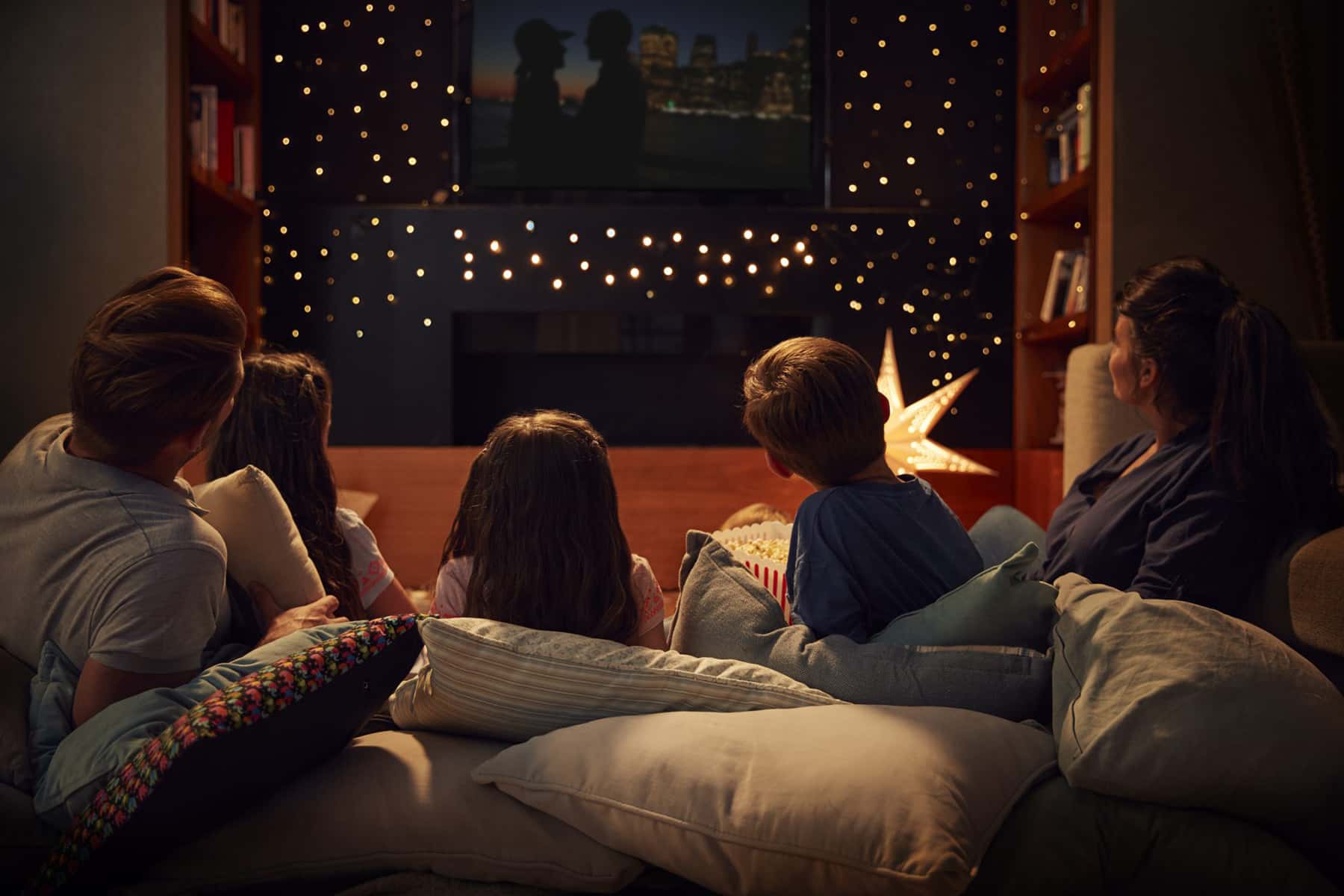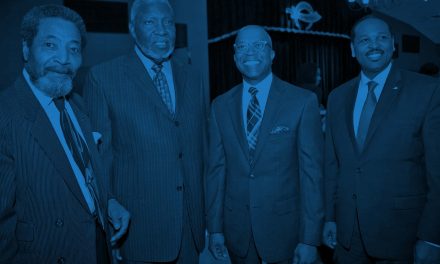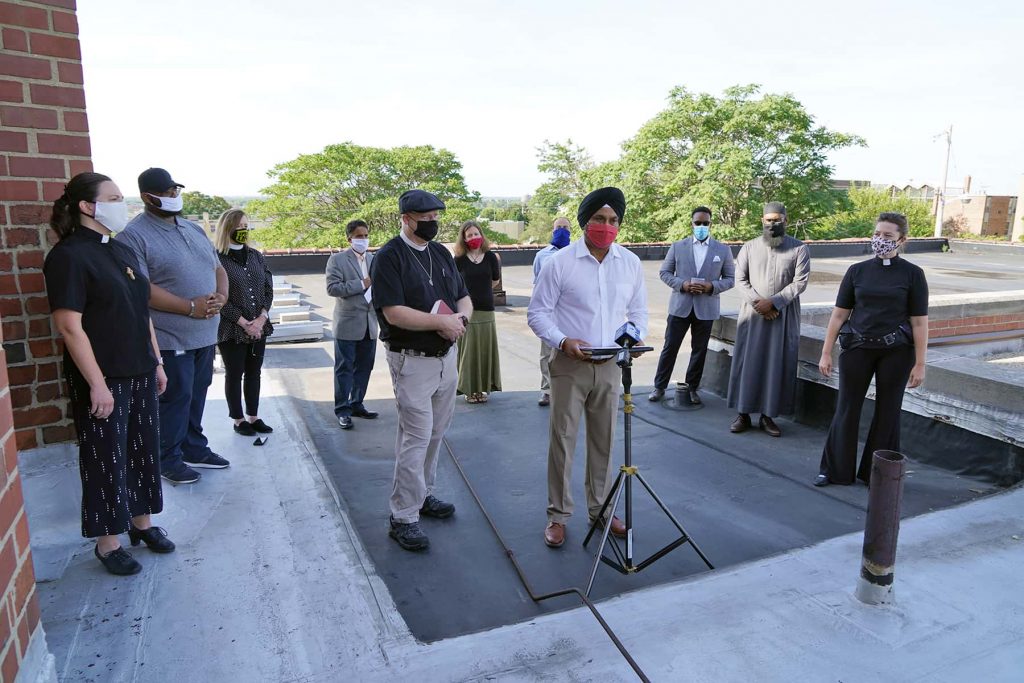
The all-virtual 2020 Milwaukee Film Festival, presented by Associated Bank, will feature 197 film titles from across the globe and around the corner – and this year’s event is more accessible than ever, the nonprofit announced on October 5.
Viewers can take part in the Festival, which runs from October 15 to 29, through their computer, tablet, smartphone, or TV. A Milwaukee Film app is available exclusively for TV viewing through Amazon Fire TV, Android TV, Apple TV and Roku.
Most films are available on demand throughout the duration of the Festival. Several will be paired with virtual Q&A or panel events, including two titles highlighted as Opening Night and Centerpiece selections.
Associated Bank, which has sponsored the Milwaukee Film Festival since 2016, has continued to support Milwaukee Film’s historic Oriental Theatre and online portal Sofa Cinema through the COVID-19 pandemic.
Opening night will feature “I Used to Go Here,” with Gillian Jacobs and Jemaine Clement. The film tells the story about a 30-something writer who should be celebrating her success, but with all of her friends getting married and having kids, she feels like her life is passing by. Milwaukee Film will lead a conversation with director Kris Rey and other guests from the film during its nightly Q&A session on October 15.
“Coming Clean,” the festival’s centerpiece film, examines the reality of the opioid crisis from the inside, featuring the perspectives of those in recovery and policymakers working to undo the systems and industries that perpetuate addiction. A panel discussion will extend the dialogue around issues raised by the film.
“As we’ve all done through the course of this year, the Milwaukee Film Festival has adapted,” said Cara Ogburn, artistic director for Milwaukee Film. “Our Festival films are as powerful as ever, with titles that offer something for everyone.”
Except for a small number of titles, films are available to viewers across the United States at any time during the Festival. A few films have regional restrictions or are available for a short time, as clearly noted in their descriptions, and certain films are capped to a limited number of views.
“We all miss sitting in a packed theater and immersing ourselves in the magic of cinema, but we’re proud to present our Festival as scheduled, connecting audiences to these incredible films in a safe and accessible manner,” Ogburn added. “Not only are most films available to audiences throughout the country, they’re more affordable, as well.”
Milwaukee Film has created extensive resources to help viewers navigate its virtual platforms. A brief how-to overview is available at mkefilm.org/howtofest. All films and descriptions are available online at mkefilm.org/mff/films. A PDF film guide can be downloaded at mkefilm.org/mff, along with full details on the Festival.
© Photo
Lee Matz















